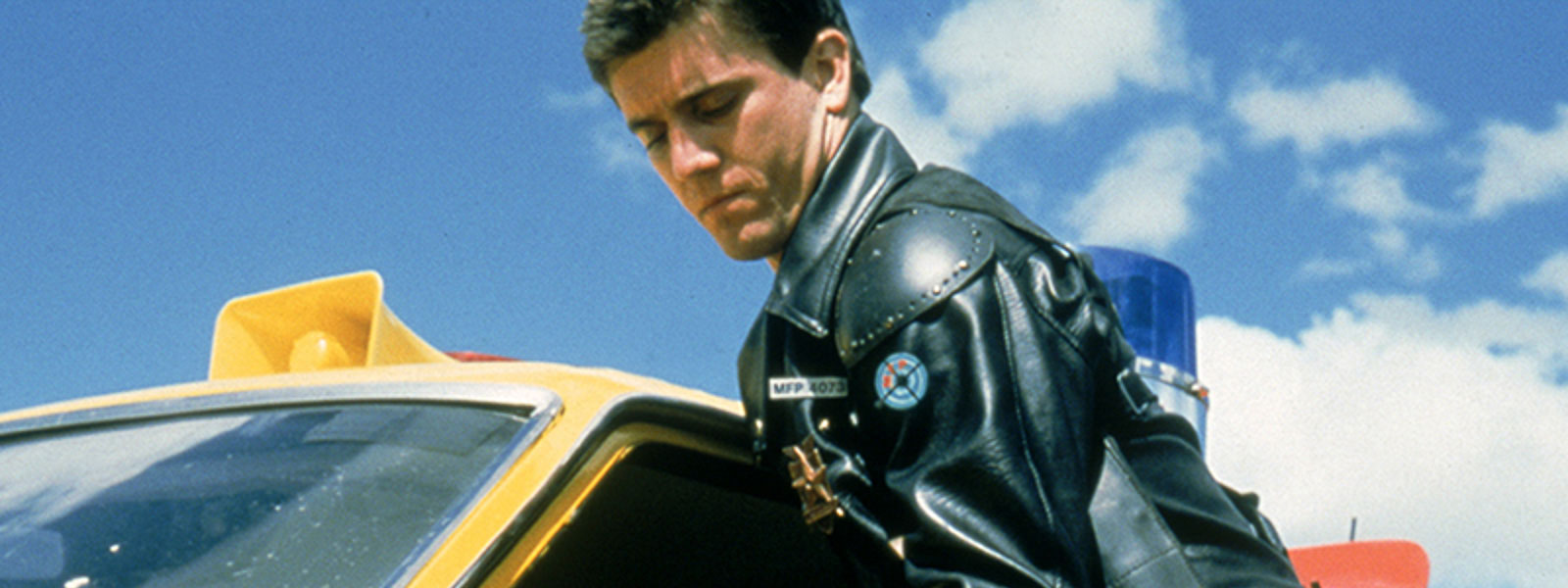
Mad Max
Viewer Advice: Contains high-impact content.
It kickstarted the careers of Mel Gibson and George Miller; it was, for almost two decades, the world’s most profitable movie; it may well be the most influential Australian film of all time. Mad Max is a dead-set Melbourne-made classic.
Infamously described by Stephen King as “a turkey”, Miller’s 1979 debut feature is now as iconic as they come. Serving its revenge plot with a souped-up injection of high-octane energy, style and chaos that blew audiences away, the origin story of “Mad” Max Rockatansky, the leather-clad ex-highway patrol officer with his Pursuit Special V8 Interceptor, is a bona fide Australian cinema legend. As Max, Gibson ignited the screen as he ran down the vicious Acolytes bikie gang (responsible for the deaths of Max’s wife and child) and violently demolished them one by one (which inspired James Wan and Lee Whannell’s Saw series decades later).
Filmed in and around Melbourne on a shoestring budget, Mad Max was a propulsive shot in the arm for the Australian New Wave and Ozploitation movements of the 70s and early 80s, redefining audience expectations of action movies. Miller was inspired by the kinetic aesthetics of silent cinema as much as by real-world events such as the 1973 oil crisis; for additional veracity, he hired actual bikie gang members, riding their own hogs, as extras. Winning four AFI awards (editing, sound, score and a special award for stunt work), the film established both a franchise and a legacy that’s hard to beat.
“Utterly extraordinary ... This was that rare bird of an exploitation film that not only lived up to the promises of its trailer, it exceeded them.” – RogerEbert.com
———
Please note: This feature film screening will be preceded by the short film Violence in Cinema: Part 1.